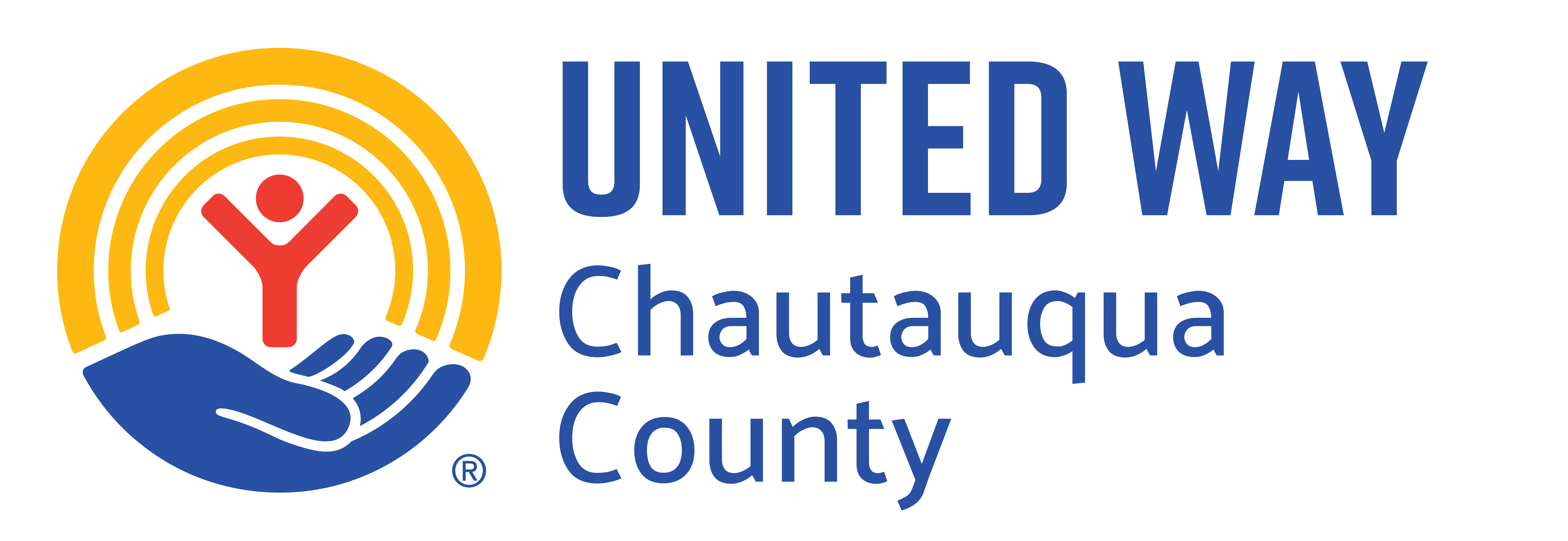The largest section of this Community Status Report pertains to Health and Wellbeing. This section will cover such things as Access to Healthcare, Overall Health, Teen Pregancy, Low Birth Weight, Sexually Transmitted Diseases (STD's), Mental Health, Older Adults, Tobacco & Alcohol Use, Substance Abuse, and the Affordable Care Act.
- Healthy People 2020 is a comprehensive, nationwide health promotion and disease prevention agenda containing a number of objectives designed to serve as a framework for improving the health of all Americans
- Some of the data in this section will be benchmarked against the HP 2020 targets, where comparative statistics are available
- In other instances the Prevention Agenda 2013 Objectives will be used
- www.cdc.gov/dhdsp/docs/hp2020.pdf
- http://www.health.ny.gov/prevention/prevention_agenda/2013-2017/
ACCESS TO HEALTH CARE
-
Healthy People 2020 Target: Increase proportion of people with medical insurance to 100% and improve access to comprehensive, quality health care
National Baseline 83.2% 2008
Chautauqua County estimate 88% - (2012) - Access refers to the ability of individuals or groups to obtain needed medical services across their life span
- Factors include availability - the range of medical services; accessibility - the location and ease of accessing the service; and affordability or the ability to pay for the services
- The NYS Commission on Health Care Facilities in the 21st Century forced a major restructuring of health care services in Chautauqua County including a mandatory consolidation of two hospitals
- Physician recruitment has become increasingly competitive as the demand for and supply of physicians has changed
- The current ratio of physicians to patient per 1000 population for Chautauqua County is 8 and this compares to 20 per 1000 in the nation and 26 per 1000 in New York State
- This shortage is acknowledged and Chautauqua County has 4 HPSA – Health Professional Shortage Area designations including 2 for primary care, one dental and one for mental health
- High emergency room use for routine illnesses is another indicator of the lack of availability of physicians
- Nationally as many as 75% of emergency room visits are not for emergencies
- According to figures from WCA, between 97 and 104 area residents are treated in the emergency room on a daily basis
WCA HOSPITAL EMERGECY DEPARTMENT ANNUAL VISITS

- WCA Hospital has just completed a major renovation and update of its emergency room facilities and there are also two urgent care walk-in clinics in Jamestown
- In terms of accessibility, area hospitals are located across the county, but the majority of physician practices are concentrated in Jamestown and Dunkirk
- Rural residents must often travel considerable distances to receive care and county residents needing specialty care must often travel even further to Buffalo, NY or Erie, PA
- While the county has a high proportion of Medicaid users, there are very few Medicaid providers which also hinder access
- Limited public transportation and winter driving conditions also impact the degree of accessibility available
- The County Health Rankings and Roadmaps published by the Robert Wood Johnson Foundation puts the percentage of uninsured county residents at 12%, while for NYS the percentage is 14% and the National Benchmark is 11%
- http://www.countyhealthrankings.org/
MEDICAL HOME
- According to the American College of Physicians and the American Academy of Family Physicians, the medical home, also known as the patient-centered medical home (PCMH), is a team based health care delivery model led by a physician, Physician Assistant, or Nurse Practitioner that provides comprehensive and continuous medical care to patients with the goal of obtaining maximized health outcomes
- It is designed to allow better access to care and improve health because there is consistency in treatment
- Indicators that individuals do not have a medical home would include emergency room and urgent care usage for non-emergency services
- The National Association of Community Health Centers (NACHC) estimates that 36 million Americans or about one in eight are without a medical home because of a shortage of practicing primary care physicians
- Per a survey completed by Chautauqua County Health Network completed earlier this year, there are 80 Primary Care Physicians (PCPs) in Chautauqua County
- This includes 7 OB/GYNs, 14 pediatricians and 59 adult primary care physicians from 33 practices
- 7 of these practices have received the NCQA certification for Patient Centered Medical Home
- As a result of the HPSA designations as a medically underserved area, and the concerted efforts of the Chautauqua County Health Network and community residents, a new federally qualified health center, was established in Dunkirk, New York in 2012
- The Chautauqua Center provides primary care – medical, dental and behavioral services and referrals to all county residents. This clinic is funded through Medicare and Medicaid and is required to serve everyone without regard to their ability to pay
